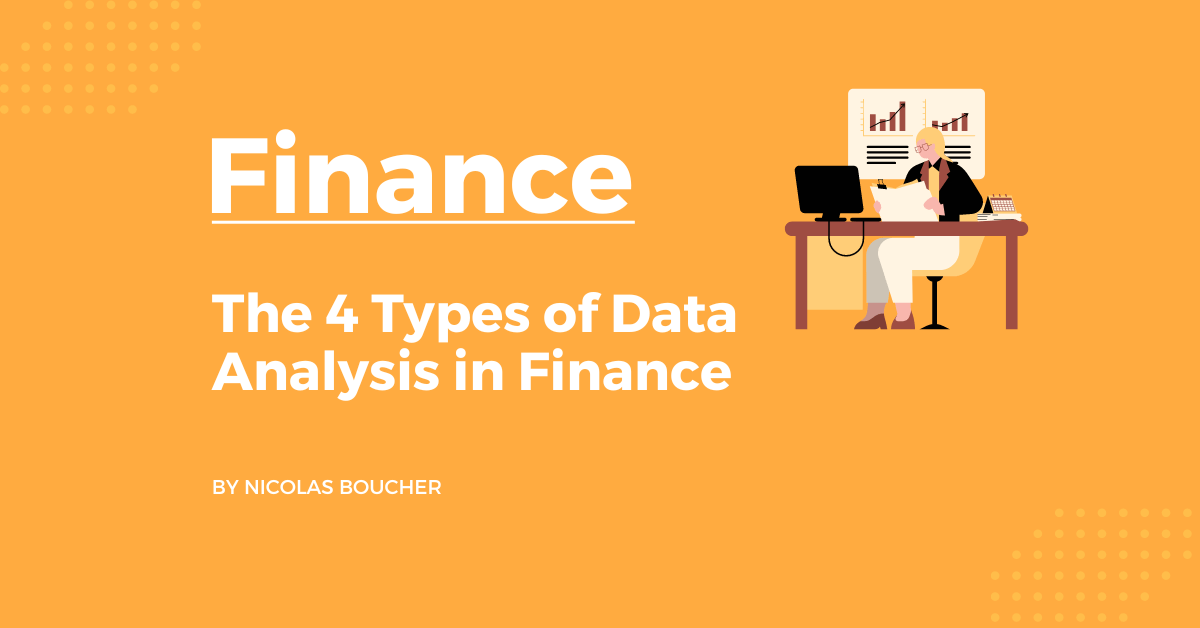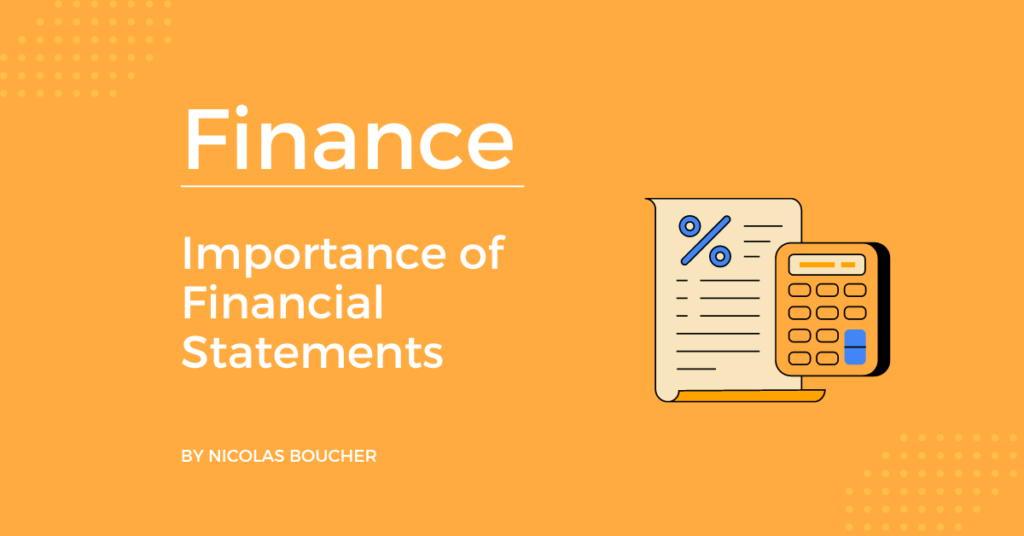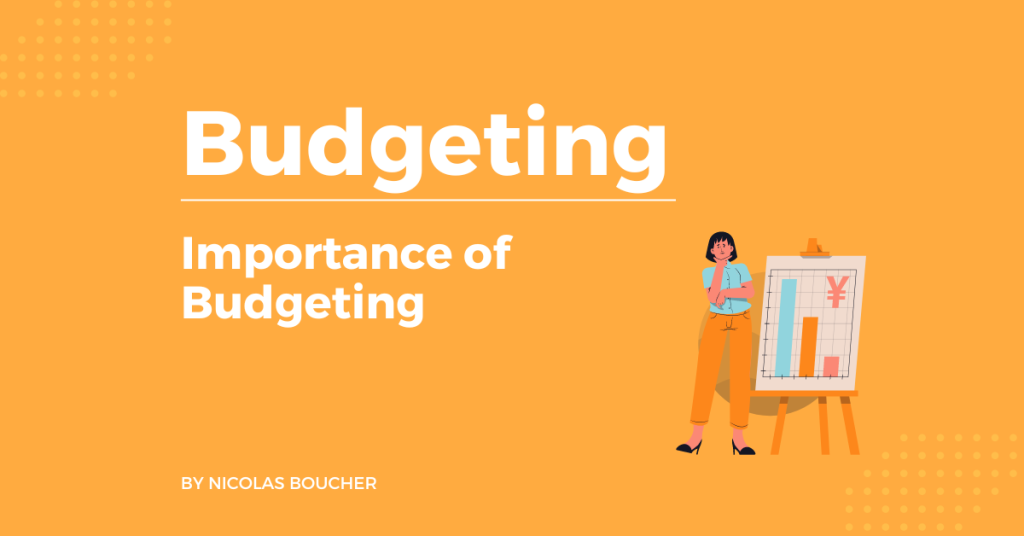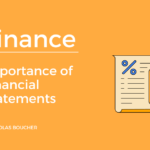Data analysis has become an essential tool for making informed decisions in the world of finance. But with so many types of data analysis available, it can be overwhelming to know where to start. Therefore, I will present you the 4 types of Data Analysis.
To help you understand the different methods of data analysis, I have outlined the four main types:
- Descriptive
- Diagnostic
- Predictive
- Prescriptive
Table of Contents
1. Descriptive Analysis
In this analysis, you measure what happened. It provides an overview of the current situation, allowing you to understand the facts without any interpretation.
Furthermore, to get the most value from descriptive analysis, start by clearly defining what you want to learn and what data you need to gather.
Then, focus on collecting accurate and complete data, and use clear and concise language to present your findings. However, ensure to include any relevant trends, patterns, or anomalies to help others understand your results.
Example of descriptive analysis:
- Actual vs Budget financial statements
- KPIs
- Headcount reporting
How to start a descriptive analysis?
- Start by defining the key metrics and KPIs you want to measure.
- Gather data related to these metrics and KPIs.
- Use basic statistical techniques like mean, median, and mode to describe the data.
- Visualize the data using charts and graphs to help you understand and communicate the results.
2. Diagnostic Analysis
Here the goal is to understand what happened. In other words, this is where you drill down, filter and use 80/20 analysis to understand the cause of what happened.
Above all, use clear and concise language to present your findings, and be sure to highlight any important patterns or trends. In addition, to ensure the accuracy of your analysis, cross-check your results with other sources and consider seeking feedback from others.
For example, performing a Price Volume Mix analysis on revenue is also a diagnostic analysis.
How to start a diagnostic analysis?
- Start by defining the problem or issue you want to understand.
- Then, gather and analyze data related to the problem.
- Use advanced statistical techniques like regression analysis and correlation analysis to understand the relationships between different variables.
- Utilize 80/20 analysis and drill-down techniques to identify root causes.
3. Predictive Analysis
This is looking into the future to predict what will probably happen. It is done through forecasting, using statistical models that are reviewed and adjusted based on recent business events.
Additionally, this is when you forecast your cash flow for the next month or your production output based on a statistical model and adapted after manual review based on the latest business events.
Also, to maximize the benefits of predictive analysis, start by clearly defining what you want to predict and what data you need to gather.
Moreover, consider using multiple forecasting techniques and models, and be sure to validate your results by cross-checking with other sources.
Finally, be transparent about any assumptions and uncertainties in your analysis and clearly communicate your results to others.
How to build a predictive analysis?
- Start by defining the future event or outcome you want to predict.
- In addition, gather historical data related to the event or outcome.
- Use statistical models like regression analysis, time series analysis, or machine learning algorithms to make predictions.
- Validate the predictions and refine the model as needed.
4. Prescriptive Analysis
The prescriptive analysis is the most challenging type out of the 4 types of data analysis to implement, but it’s also the most valuable. Here you analyze which factor to use to reach an output in a particular scenario.
It focuses on finding actionable insights based on the combination of diagnostic and predictive analysis.
Therefore, to get the most from prescriptive analysis, start by clearly defining the outcome you want to achieve and what data you need to gather. In addition, consider using a combination of predictive and diagnostic analysis to identify the factors that will have the biggest impact on your desired outcome.
Finally, be sure to communicate your findings and recommendations in a clear and concise manner, and be prepared to adjust your analysis as needed based on feedback and new data.
An example would be a model suggesting the most cost and time-efficient levers to activate in a website to convert more sales in order to increase the revenue of the week on a specific product.
How to model a prescriptive analysis?
- Start by defining the desired outcome.
- Gather and analyze data related to the problem and potential solutions.
- Use advanced analytical techniques like simulation and optimization to determine the best course of action.
- Implement the recommended solution and monitor its impact.
Conclusion: Increase Your Use of Data Analysis with The 4 Types of Data Analysis
Understanding the 4 types of data analysis is crucial for finance professionals to make informed decisions.
- Descriptive analysis helps you understand the facts.
- Diagnostic analysis helps you understand why things are happening.
- Predictive helps you forecast what will happen.
- Prescriptive analysis drives better outcomes for your organization
You will want your team and your organization to start by getting the descriptive and diagnostic analysis right and automated.
Then, you need to start increasing the value of your analysis by creating more predictive and prescriptive analysis.
Most importantly, the key to success in each of these analyses is to start with clear goals and a focus on accuracy and transparency.
Furthermore, here are 3 articles from my blog that could be helpful for you:
- The Most Important KPIs in Finance and FP&A
- How To Turn Data Into Insights
- 3 Ways to Change Job in Finance
Feel stagnant in your career? Want to become irreplaceable? Want a big promotion?
By taking my course will have everything you need to become A finance professional!











